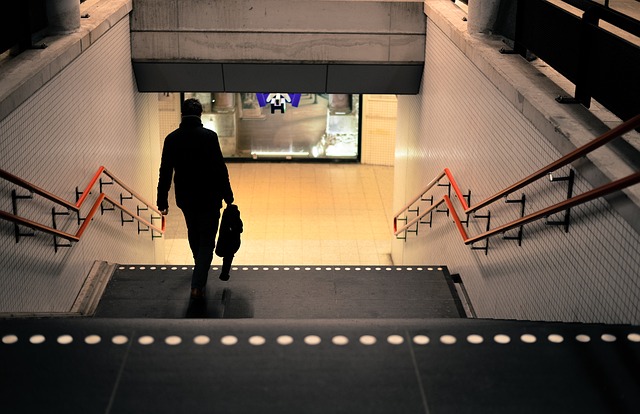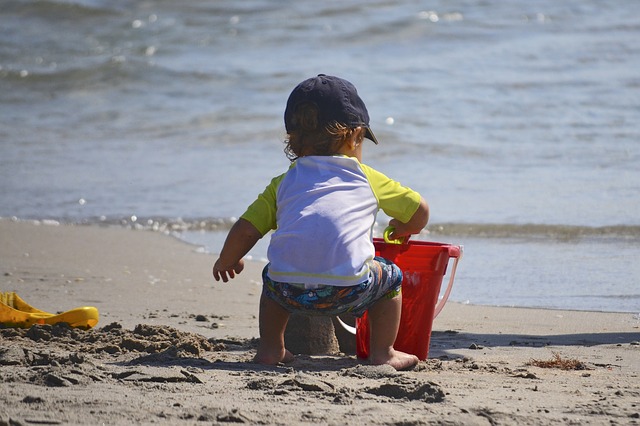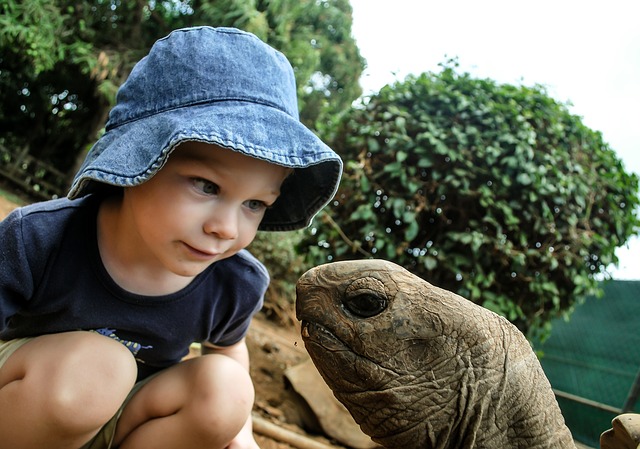David Allan maintains that the best place to meditate is at work. In part, this is because it is often in a work situation that you need to be calm and have a clear mind. The cost of being frazzled at work is not only lost time through inability to focus but also lost creativity through inability to access the “spaciousness” of your mind. You need to calm the busyness of your mind to access this creativity.
It is also very true that we spend so much of our time at work that a large part of our day (more than a third) is consumed with thinking and doing, not just being present. This means, too, that we are not taking the opportunity to access the full benefits of our mindfulness practice developed elsewhere on a daily basis.
David Allan found that he was able to book a relatively underutilised room for 15 minutes a day to enable him to undertake some form of meditation at work on a daily basis. He found that this short period of conscious mindfulness practice created real productivity benefits throughout his day and served to break the work stress cycle.
Ways to be mindful at work
In a comprehensive article, Shamash Alidina suggests ten ways to be more mindful at work. I have identified four of these suggestions below that are readily implementable:
- Intent to be consciously present – this entails beginning your work day with the clear intent to be present as often as you can. This intent extends to controlling your thoughts when on-task, maintaining focus even on mundane tasks, working a little slower when the opportunity presents (e.g. after a rush to meet a deadline) and reminding yourself of the very clear benefits for work and life offered by mindfulness.
- Use brief mindfulness exercises – there are many opportunities throughout the working day to engage in brief mindfulness exercises. These could entail open awareness, awareness of our senses, mindful walking or a short compassion meditation. Sometimes in the workplace we need to engage in a brief self-compassion meditation, instead of beating up on ourselves for a mistake or for unconsciously hurting someone else with our words or actions.
- Overcome the temptation of multitasking – this means consciously avoiding distactions (such as checking social media or the news every few minutes), staying focused on a single task at a time and organising your day where possible so that you can do like tasks together.
- Use reminders of the need for mindfulness – Shamash has some detailed strategies here that are very helpful. Some of these entail linking a work activity to a mindfulness practice, e.g. when the phone rings, taking a deep breath and reminding yourself to be fully present to the caller. Gradually, with regular practice, these reminders can immediately elicit mindfulness. Some people may find a mindfulness app an appropriate reminder or an aid to mindfulness at work.
Further ways to be mindful at work
Eckhart Tolle in his talk to Google staff suggested ways that they could be mindful at work, including mindful breathing at their workstation. Another mindfulness practice that can be employed at your desk is to occasionally focus on physically grounding yourself by ensuring that your feet are flat on the floor and your legs and back are straight. This can be combined with mindful breathing. If you are facilitating a workshop you could practise mindfulness through a brief loving kindness meditation directed towards one individual who may be struggling or towards the whole participant group.
Grow in mindfulness at work
If we want to grow in mindfulness through our behaviour at work, we need the strong intent to make the most of the opportunities for mindfulness that work presents. Regular practice of mindfulness elsewhere will help to build this intent as well as consciousness of the opportunities for mindfulness at work. Starting small with a single mindfulness practice maintained over three weeks will mean that the practice, such as mindful walking, will become embedded in your daily routine. You can progressively expand these focused practices so that you become unconsciously competent at utilising opportunities for mindfulness at work.
By Ron Passfield – Copyright (Creative Commons license, Attribution–Non Commercial–No Derivatives)
Image source: courtesy of FirmBee on Pixabay
Disclosure: If you purchase a product through this site, I may earn a commission which will help to pay for the site, the associated Meetup group and the resources to support the blog.









